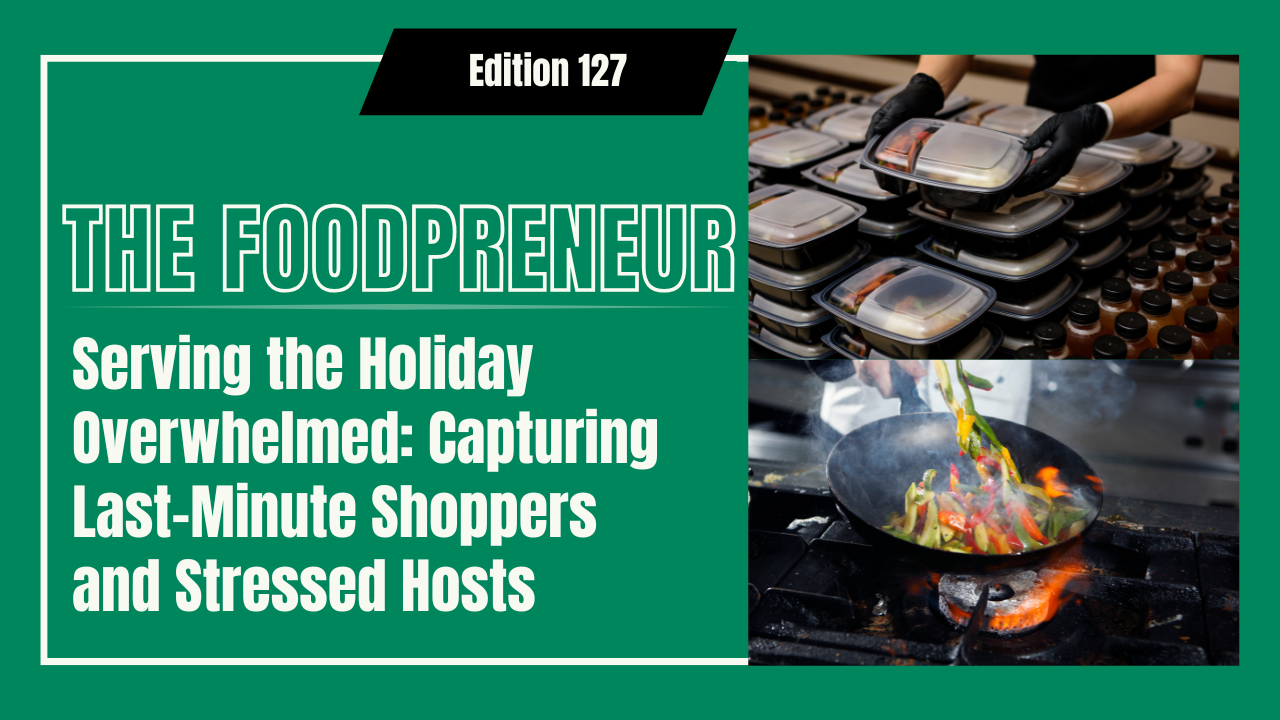

There’s a new flavor trend heating up the food world—and Gen Z is leading the charge. From sweet-and-spicy combos to bright, bold sauces and globally inspired bowls, younger consumers are redefining what “healthy” and “craveable” look like in 2025. And at the center of this flavor evolution? The fusion bowl.
Fusion bowls are more than just a TikTok-friendly trend. They’re the perfect format for today’s flavor-obsessed eaters: customizable, portable, and built for bold experimentation. Add in the rising popularity of “swicy” (sweet + spicy) flavors like gochujang, yuzu, lychee, and tamarind, and you’ve got the blueprint for a best-selling menu category this summer.
So what’s driving this movement, what flavors and ingredients are trending now, and how can heat-and-eat operators design bowls that hit the mark? Start here.
Gen Z isn’t looking for bland. This generation grew up with hot sauce in their lunchbox, sushi after school, and YouTube recipe hacks for Korean street toast. They want food that’s fun, global, and just a little bit unexpected.
According to research from Datassential and the National Restaurant Association:
Fusion bowls meet all of these tastes, and then some. They allow customers to explore new flavors without a huge commitment. They feel fresh and modern but still grounded in familiar formats like rice bowls, grain salads, or noodles. And they’re perfect for social sharing, which plays a huge role in Gen Z’s dining behavior.
The boldest bowls aren’t afraid to mash things up. Here are the flavor profiles that are making waves right now—and how to work them into your menu:
Korean ingredients are dominating menus across North America. Gochujang—fermented chili paste—is a flavor bomb of heat, umami, and just a hint of sweetness. Kimchi adds funk and crunch, and both ingredients play beautifully in bowls.
Try: Gochujang chicken over rice with pickled veggies, crispy garlic, and a kimchi-mayo drizzle.
Yuzu, a bright Japanese citrus fruit, adds a clean and aromatic tang to sauces, dressings, and marinades. It’s especially appealing to younger customers who like sour flavors and global twists.
Try: Yuzu-tahini soba noodle bowl with snap peas, edamame, and sesame seeds.
Tamarind’s sour-sweet-tangy profile is perfect in sauces and glazes. Combine it with hot honey or chili crisp for maximum flavor appeal.
Try: Tamarind-glazed tofu with charred pineapple, coconut rice, and chili-lime aioli.
Lychee isn’t just for dessert anymore. Its floral sweetness can add depth to savory bowls—especially when paired with heat.
Try: Lychee-kimchi mango bowl with sticky rice, shaved cucumber, and crispy shallots.
Hot honey, chili crisp, mango habanero, sriracha-maple—if it’s sweet and spicy, Gen Z wants it. These combos play well in sauces, glazes, and toppings.
Try: Hot-honey chicken bowl with farro, roasted carrots, and pickled jalapeños.
Here’s a breakdown of how to structure a winning bowl—one that works operationally and sells well with your customers.
Base
Start with a versatile, prep-friendly base. Some favorites:
Protein
Choose globally inspired proteins that pair well with bold sauces:
Vegetables
This is where you add crunch, color, and nutrition:
Sauce
Your sauce makes the bowl. Consider:
Crunch/Garnish
Add texture and visual appeal with:
Introducing a new bowl category doesn’t have to overwhelm your staff. Here’s how to launch fusion bowls smartly:
Design bowls using ingredients that can be prepped and stored in batches. To reduce prep complexity, use the same sauces or bases across multiple menu items.
Start with a 4–6 week campaign. This gives you time to test, adjust, and collect feedback, without committing long term.
Use seasonal produce like mango, pineapple, or stone fruit to control costs and reduce supply chain headaches.
Keep toppings and sauces separate in containers, or add a compartmentalized tray to preserve texture. Offer a simple reheating instruction: microwave, then pour sauce over before eating.
Don’t just build a great bowl—make sure people know about it. These tactics can help you generate excitement and sales:
Use Instagram and TikTok to preview your new bowls. Share behind-the-scenes prep videos, flavor profiles, and close-up shots of each bowl.
Tip: Bright colors, contrast, and slow-motion sauce drizzles always perform well.
Use bold, descriptive names to grab attention:
Let your customers “vote” for their favorite new bowl. Use polls on Instagram or email surveys to collect feedback and create FOMO.
Include a flyer or card in every box: “Try our new Gen Z Bowls – Available for a limited time!” with a QR code for a quick survey or Instagram page.
Once you’ve developed a great flavor base, use it elsewhere:
This cross-utilization reduces waste, simplifies ordering, and builds brand consistency.
A few recent examples show just how mainstream fusion is becoming:
These brands understand that younger consumers want more than just sustenance. They want flavor, story, and a reason to talk about their lunch.
Fusion bowls aren’t a gimmick. They’re the future of fast, functional, and flavorful meals. And they’re especially valuable for heat-and-eat operators because they offer:
Start with a few bold recipes. Test them with a small group of loyal customers. Ask for feedback. And most importantly, keep refining.
Gen Z is shaping the next decade of dining, and they’re hungry for flavor. Give them something to talk about.
